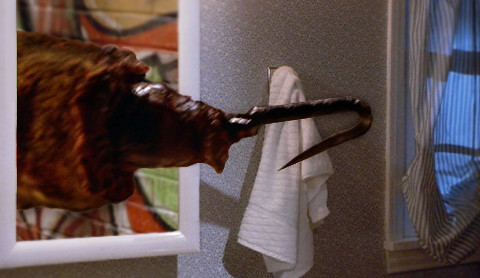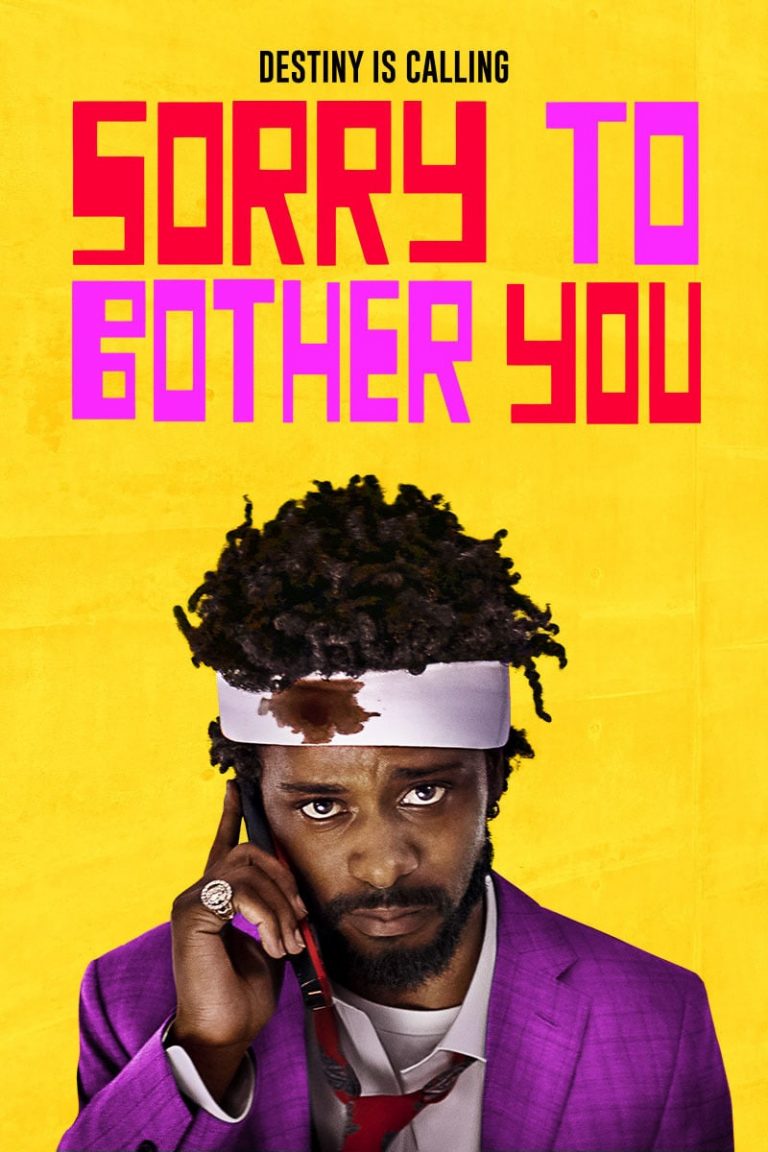Horror Films Under a Looking Glass: An Analysis of 3 Slasher Reboots

Though the production and release of horror movies have never stopped, it appears that recently the genre has risen in popularity. This phenomenon has resulted directly from the release and anticipation of various horror movies and tv shows, including Halloween Kills (2021), Chucky (2021), and Scream (2022). But what is most interesting about these hits are their roots; all of them are slasher movie reboots from the 1970s, 80s, and 90s. While this may signal the start of another golden age of horror, the more profound implications of this rise in the popularity of the slasher subgenre lie in the revival of specific societal fears. Not only are these films entertaining to watch, but the history that motivates them provides an even more fascinating story to unfold.
What Is The Inclusion Criteria?
Once selected, the diversity statistics of the film were analyzed, primarily in terms of the distribution of film leadership roles. The cast/crew roles included in the data analyses include director, writer, lead actors, producers, and executive producers. The data was also formatted into the racial categories of White, Black, Hispanic, Asian, and Middle Eastern, and the gender categories of Male and Female. This was all sorted into two separate pie charts for the movie.
How Inclusive Is Halloween Kills?
Halloween Kills (2021) drew a 39% rating from critics and a 68% rating from viewers on Rotten Tomatoes. Within its leadership, 100% of the cast/crew roles of the film were occupied by White members. In its gender diversity, 21% of the cast/crew comprises female members, with a remaining 79% of male members.
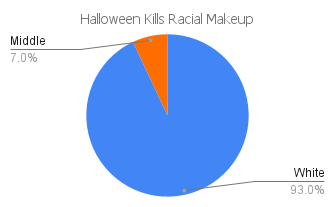
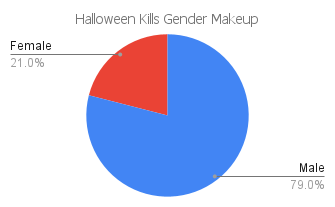
For an in-depth view of the diversity statistics and a list of the cast/crew of Halloween Kills (2021), read this article next.
The film picks up exactly where the 2018 film Halloween left off: Laurie Strode injured but reunited with her daughter and granddaughter, and Michael Myers stuck in the basement of her burning house. But while Laurie is rushed to the hospital, Michael escapes his trap and goes after them, leaving a trail of blood in his wake. The film runs with similarities to the original sequel, Halloween 2 (1981), but with a twist; Laurie fights back despite everything, inspiring others to do so as well. Some of these others include Michael’s original survivors, who also seek to kill evil once and for all.
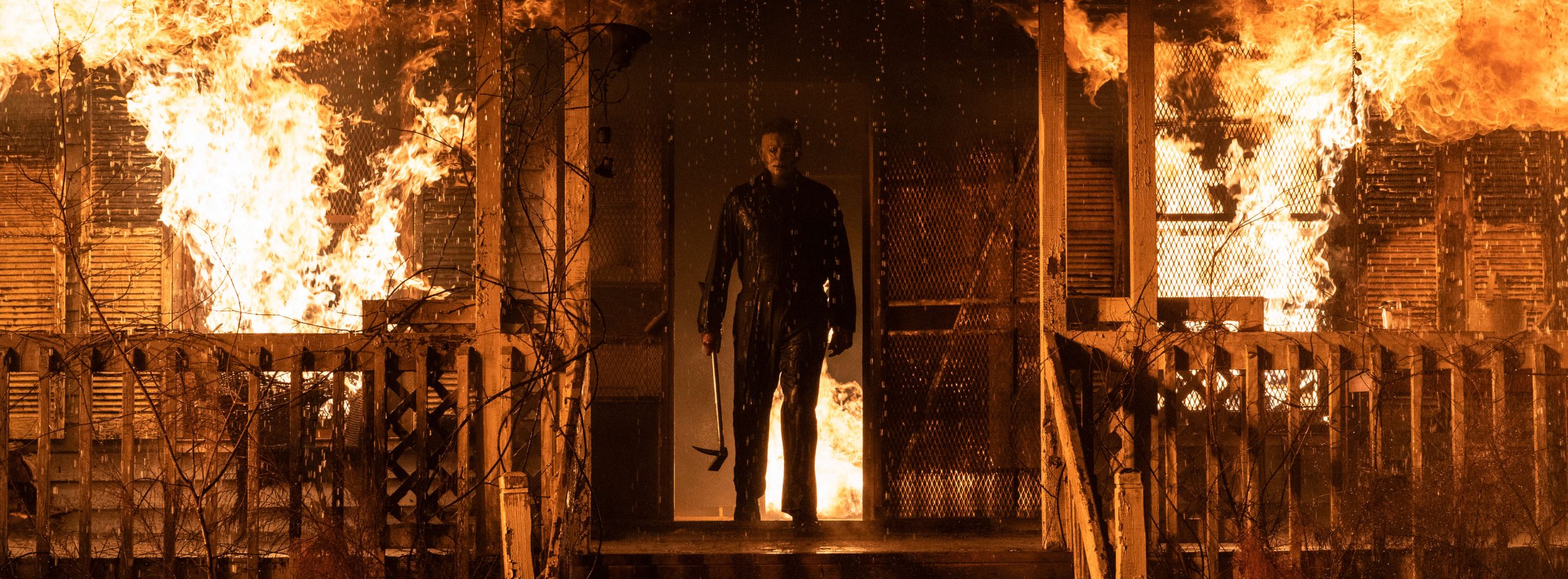
How Inclusive Is Chucky (2021)?
Chucky (2021) drew a 96% rating from critics and a 90% rating from viewers on Rotten Tomatoes. Within its leadership, 8% of the cast/crew roles of the film were occupied by Hispanic members, and White members occupied 92%. In its gender diversity, 25% of the cast/crew comprises female members, with a remaining 75% of male members.
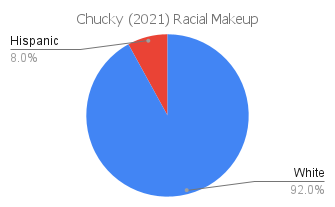
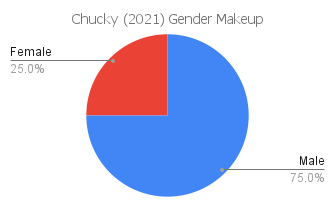
Unlike Halloween Kills (2021), Chucky (2021) starts on a fresh slate: teenager Jake Webber finds a vintage Chucky doll at a yard sale, unaware that it is the very doll that serial killer Charles Lee Ray lives on in. Chucky goes on a series of killings in the small town he’s found himself in, both uncovering the secrets of its past and present and those within Jake, who learns the truth. The events call the attention of past characters, including Tiffany Valentine, who seek to expose the truth about the doll and its new owner.
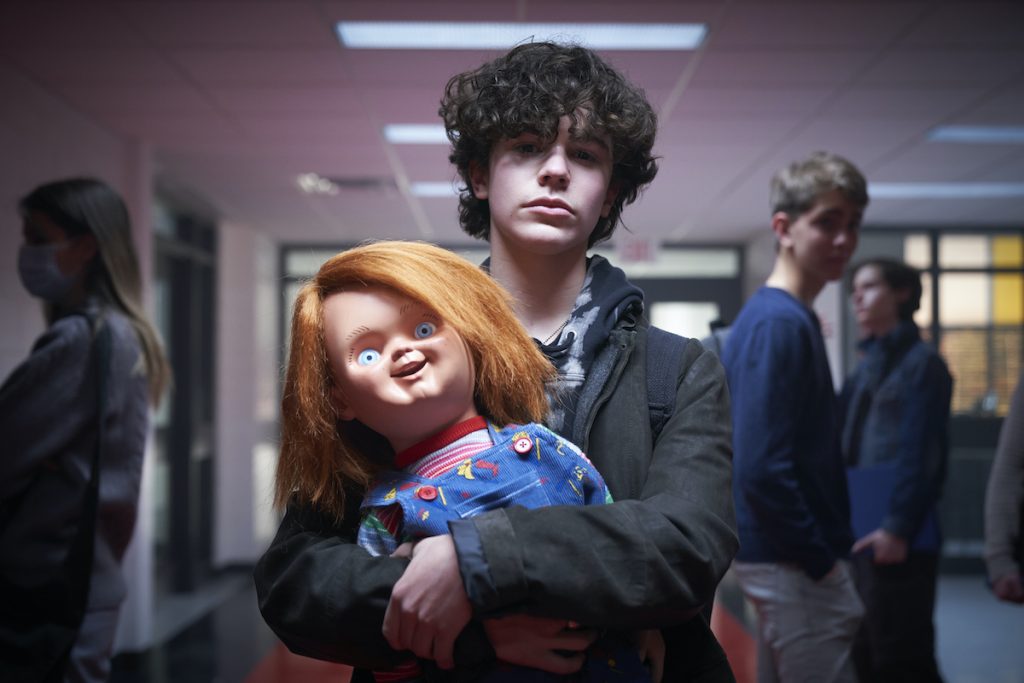
How Inclusive Is Scream (2022)
Scream (2022) has not yet received a rating from critics or viewers on Rotten Tomatoes, as it has not yet been released in theaters. Within its leadership, 100% of the cast/crew roles of the film were occupied by White members. In its gender diversity, 25% of the cast/crew comprises female members, with a remaining 75% of male members.
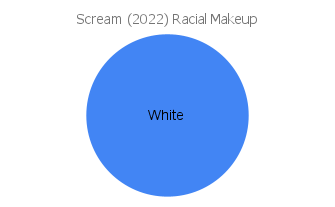
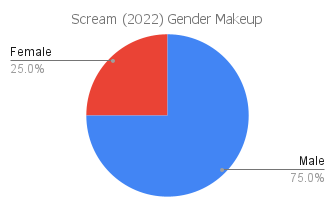
While there is not much known about the new installment of Scream, as the details of the film have not yet been released, the basic outline of the plot is generally understood. After 25 years since the events of the original film, another Ghostface emerges to terrorize the town of Woodsboro yet again. Though he targets a group of teenagers, the original victims of his reign of terror come back to fight back yet again, including news reporter Gale Weathers, small-town cop Dewey Riley, and final girl Sidney Prescott. Together, they seek to stop the killings once and for all.
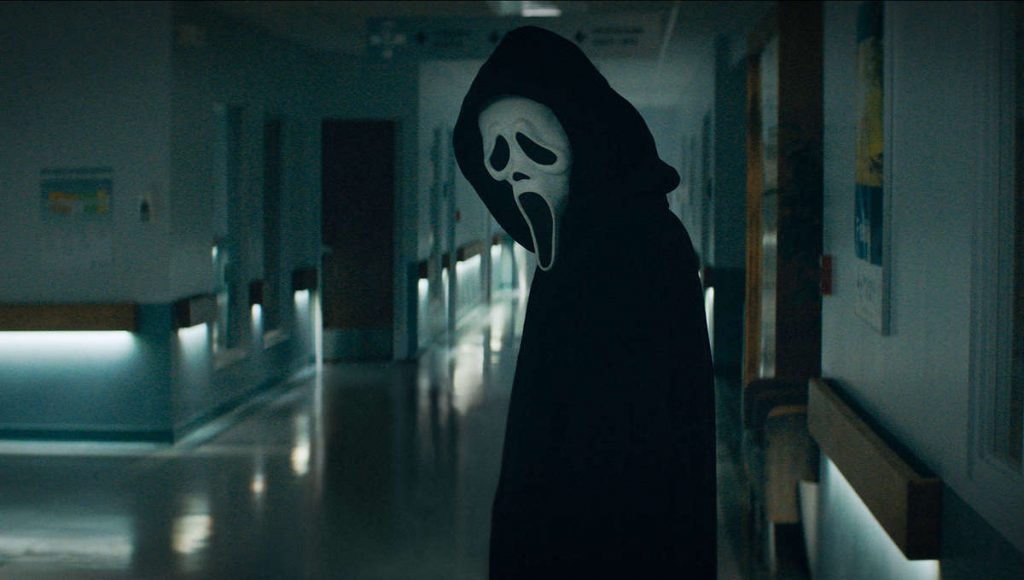
How Can We Analyze The Data?
Though all of these films are distinctive in their plotlines, there seems to be a collective string that runs through them and ties them all together. These films are reboots of classic “slasher” horror films, where the main antagonist is a knife-wielding, masked (or an actual doll) killer. This is particularly interesting to see after the subgenres of torture/home invasion horror, apocalyptic horror, and demonic horror all within the 21st century; the genre has made a complete 180° spin and returned to the dominant subgenre of the 70s and 80s horror scene. But this phenomenon is all due to the societal fears that both drive and are exhibited in horror; just as demonic horror displays fears about the role of religion diminishing with society, slasher horror revolves around the fear of the collapse of traditional values- that is why the slasher “rules” for who makes it out alive are based on drugs, sex, and other “sinful” activities. This is a potential explanation for the recent rise of these films, in post-Trump America, after a time when the conservative agenda was to battle against the ever-expanding liberties surrounding LGBTQ+ rights, marijuana legalization, immigration rights, etc. Maybe these fears have morphed from fear of traditional values doing away to these values being reinstated onto everyone. After all, beyond the films and tv shows mentioned here, other “slasher” films have either already come out (Fear Street) or are planned to be released in the near future (Texas Chainsaw Massacre), with their target audiences of young people holding these more liberal beliefs. The fear of these conservative values being reinforced pans out into the fear of the killer seeking retribution for violating these values; Michael Myers and Ghostface become the generational affections that exist in the sociopolitical sphere.
What Can We Conclude for the Slasher reboots?
Though the recent release and anticipation of horror movies and tv show Halloween Kills (2021), Chucky (2021), and Scream (2022) demonstrate the power of a carefully crafted reboot; these films go beyond their respective storylines and into the expansive sphere of their subgenre. The rise of slasher films has revived the golden age of the horror genre, and has provided a critical viewpoint of historical influence on film, even in the present time. We can only guess what the next subgenre of horror will be and what piece of history its rise will be based on.


